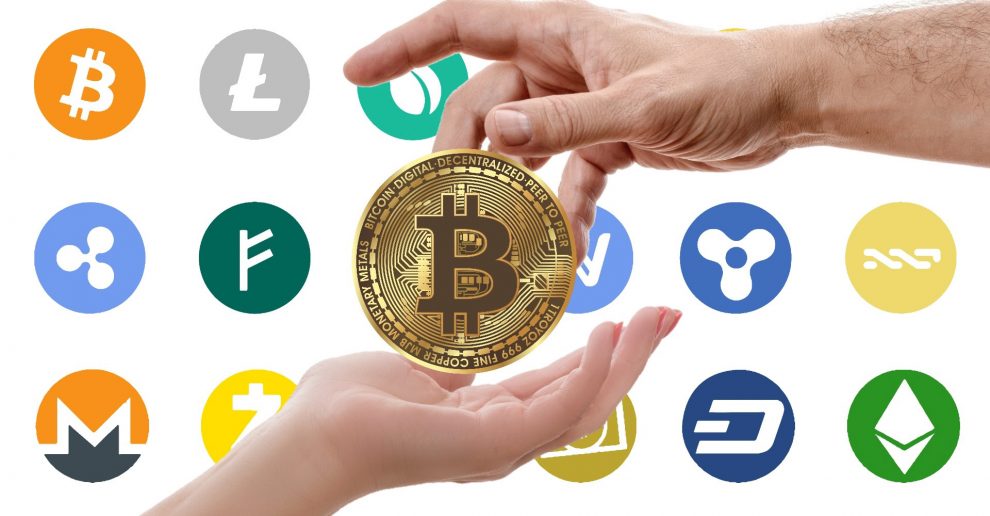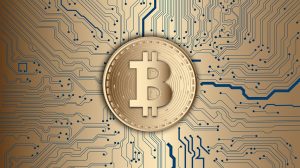Bitcoin over Ripple or vice versa? If you check most reviews, in most cases, you’ll find that Bitcoin is great for retail adoption, while Ripple stands out for high-speed transfers. Yet, both need a more profound explanation for you to understand which one is the most usable as money. So, let’s dive in.
What’s in common?
Bitcoin and Ripple are digital assets that are backed by blockchain technology. They enable people worldwide to exploit these blockchains to transfer funds. The projects come with their own coin that can be bought online at an independent exchange. Survey a few exchanges to stumble upon the best XRP to BTC rate on the market.
Bitcoin – what about it?
BTC is a pioneer in the realm of cryptocurrency. Its father, an unknown developer Satoshi Nakamoto, strived to build a novel international payment system that ensures digital money movement by the person-to-person scheme. In other words, it aims to remove any intermediary from the equation. This is why it is also called “decentralized” as it is not supervised by any institution.
Herewith, transactions are approved by the engaged BTC network – miners. It’s super easy to join miners – just connect a device to a PC. As a reward for the time and electricity expenses, effective miners are granted additional BTC.
At present, a ceiling supply of BTC is 21 million tokens. For now, in circulation, there are 17.1 million, and the number is constantly growing. Yet, it will never surpass 21 million, which is expected to be reached in 2140.
Ripple – is it a new Bitcoin?
The history behind Ripple is absolutely different. In 2012, the payment system was created by a US-based company Ripple Labs to help banks send virtual money both nationally and globally. It did come with its native token – XRP that anyone can purchase and sell.
The blockchain works by the same principle. Herewith, the total supply is anticipated to be 100 billion coins, while a present-day one on the market is 60 billion.
Technical leadership
Bitcoin
It takes 10 minutes for the blockchain to confirm the transaction, regardless of the sender’s and receiver’s location. At present, it is able to deal with 7 transactions per second. It’s a significant scalability issue that the network needs to resolve to stay ahead of the game.
In the beginning, the fees were low. As far as Bitcoin was becoming popular, they were growing substantially. To illustrate, late in 2017, the most hectic period back then, transaction costs were up to $40.
Ripple
Speaking of the transaction confirmation speed, it takes just a couple of seconds. There are practically no fees as the ordinary cost to send assets is 0.00001 XRP. Ripple can carry 1.500 transactions per second. The overall picture looks great for the inter-bank industry. What’s more, if there’s a liquidity issue, XRP can serve as a bridge, making banks cost and time-efficient.
Consensus mechanism
Bitcoin works by the proof-of-work mechanism, which asks for giant volumes of electricity. It allows using really expensive hardware, which eliminates the chances for a Bitcoin reward of those who don’t have it. The model also adds to high fees, slow performance, and scalability issues.
The Ripple blockchain functions by Federated Byzantine Agreement. It consumes less electricity than its counterpart. This fact adds to its productivity and guarantees low fees.
Bitcoin or Ripple: which one to use?
The Ripple blockchain outperforms the Bitcoin one. Way faster and scalable operations, low costs make it more attractive. Besides, Ripple’s consensus mechanism is environment-friendly due to less energy consumption.
What about Bitcoin? It is still leading crypto when it comes down to market cap and actual usage. What’s more, its next solid update – the Lighting network – is coming, promising to bring the coin to a new level.
Follow Techrado for more!





